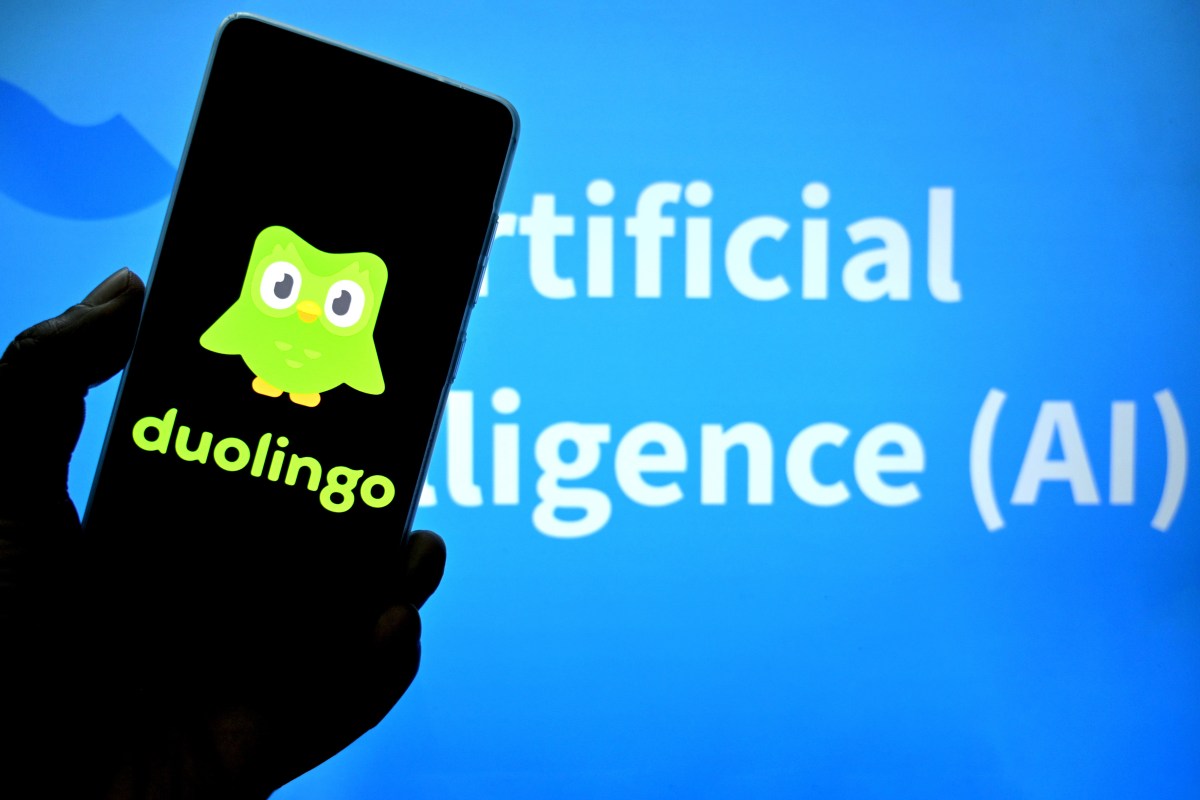“`html
Duolingo CEO Clarifies AI Strategy Amid Misunderstandings
In recent months, Duolingo, the popular language-learning platform, has faced scrutiny regarding its strategic direction towards artificial intelligence (AI). CEO Luis von Ahn has been at the center of this debate after announcing that the company would transition to an “AI-first” approach. In a recent interview with The New York Times, von Ahn sought to clarify the intentions behind this shift, suggesting that much of the criticism stemmed from a lack of context surrounding the announcement.
Von Ahn emphasized that while the announcement sparked controversy externally, it was not perceived as contentious within the company. He stated, “Internally, this was not controversial.” This distinction is important as it highlights the difference between internal strategic discussions and public perceptions, particularly for a publicly traded company like Duolingo.
One of the key points von Ahn addressed was the misconception that the company’s AI initiatives were aimed at profit maximization or workforce reductions. He clarified, “Some people assume that it’s just for profit. Or that we’re trying to lay off humans. And that was not the intent at all.” This statement is crucial as it reassures employees and users alike that Duolingo’s commitment to its workforce remains intact. According to von Ahn, Duolingo has never laid off any full-time employees, reinforcing the company’s stability in an uncertain economic environment.
However, he acknowledged that the company had made adjustments to its contractor workforce, which he described as a natural response to changing operational needs. “From the beginning, our contractor workforce has gone up and down depending on needs,” he explained. This adaptability is a hallmark of modern tech companies, allowing them to respond quickly to market demands and operational efficiencies.
The introduction of AI into Duolingo’s operations is not merely a trend; it reflects a broader movement within the tech industry to integrate AI technologies across various sectors. Companies are increasingly recognizing the potential of AI to enhance user experience, streamline operations, and drive innovation. For Duolingo, the integration of AI is seen as a way to improve language learning outcomes and personalize the educational experience.
Duolingo’s commitment to AI is evident in its ongoing initiatives. The company has implemented a program where employees dedicate every Friday morning to explore and experiment with AI technologies—a practice von Ahn humorously referred to as “f-r-A-I-days.” This initiative not only fosters a culture of innovation but also encourages team members to engage with cutting-edge technologies that could enhance the platform’s offerings. Such a culture of experimentation is vital in a rapidly evolving tech landscape, where staying ahead of the curve can determine a company’s success.
As AI technology continues to evolve, so too does the landscape of language learning. Duolingo aims to leverage AI to provide personalized learning experiences, adapting to the needs and progress of individual users. For instance, AI-driven algorithms can analyze user performance and suggest tailored lessons, ensuring that learners receive the most relevant content at the right time. This level of personalization is becoming increasingly important as learners seek more effective and engaging ways to acquire new languages.
The market context for Duolingo’s AI strategy is significant. The global language learning market is projected to grow substantially in the coming years, driven by increasing demand for language skills in a globalized world. According to industry reports, the market is expected to reach USD 21.2 billion by 2027, with a compound annual growth rate (CAGR) of 18.7% from 2020 to 2027. This growth presents opportunities for companies like Duolingo to innovate and capture a larger share of the market.
Moreover, the rise of AI technologies has prompted increased competition among language learning platforms. Companies such as Rosetta Stone, Babbel, and Busuu are also exploring AI solutions to enhance their offerings. Duolingo’s proactive approach to integrating AI could provide it with a competitive edge, allowing it to differentiate itself in a crowded marketplace. The ongoing rivalry in this sector underscores the necessity for continuous innovation, as companies vie for the attention of learners worldwide.
In addition to enhancing the user experience, AI can also play a role in operational efficiency. By automating certain processes and providing data-driven insights, AI can help Duolingo optimize its resources and improve its overall business model. This strategic integration aligns with the broader trend of digital transformation sweeping across various industries, where companies leverage technology to adapt to changing consumer behaviors and expectations.
Despite the challenges and criticisms faced, Duolingo remains optimistic about the future of AI in education. The company is committed to harnessing the power of AI to not only improve its platform but also to contribute to the broader field of language learning. As the technology matures, Duolingo is poised to be at the forefront of innovation, continually adapting to meet the needs of its users.
In conclusion, while the initial announcement regarding Duolingo’s AI-first strategy may have raised eyebrows, von Ahn’s clarifications provide a clearer picture of the company’s intentions. Duolingo is not merely chasing profits but is dedicated to enhancing the educational experience through innovative technology. As the language learning market continues to evolve, Duolingo’s focus on AI positions it well for future growth and success.
As we look ahead, it will be interesting to see how Duolingo’s AI initiatives unfold and how they influence the future of language learning. The potential for AI to revolutionize education is immense, and Duolingo’s commitment to this path could serve as a blueprint for other educational platforms aiming to integrate similar technologies.
“`




